Home>Technology>Smart Home Devices>What Can You Make With A 3D Printer To Sell
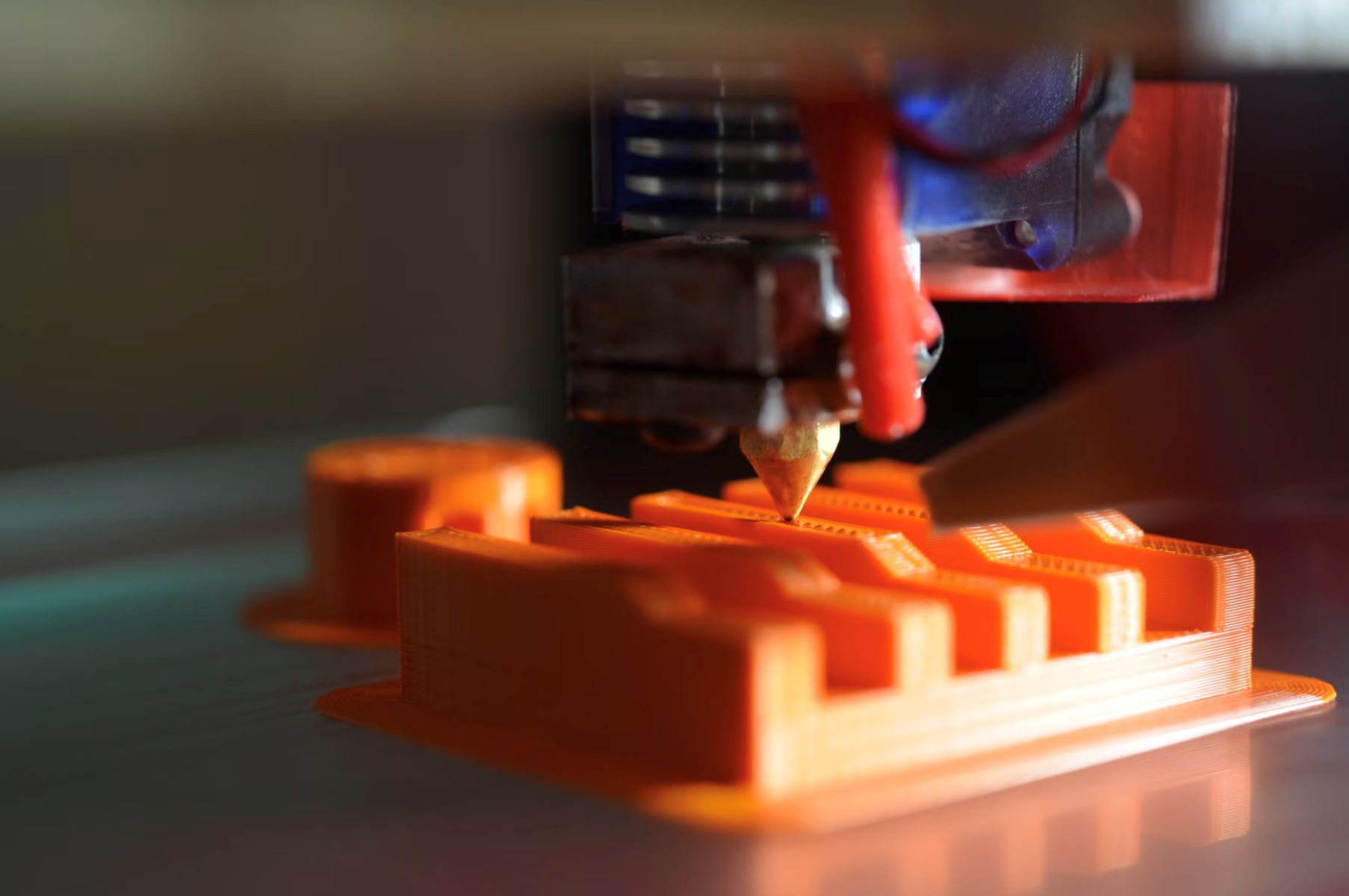

Smart Home Devices
What Can You Make With A 3D Printer To Sell
Published: January 10, 2024
Discover profitable ideas for creating smart home devices with a 3D printer. Explore potential products to sell and maximize your earnings in this lucrative market.
(Many of the links in this article redirect to a specific reviewed product. Your purchase of these products through affiliate links helps to generate commission for Storables.com, at no extra cost. Learn more)
Introduction
Are you fascinated by the endless possibilities of 3D printing? Perhaps you've recently acquired a 3D printer and are eager to explore its potential for creating marketable products. In this article, we'll delve into the realm of 3D printing and explore the diverse array of items you can craft to sell.
From personalized phone cases and intricate jewelry to innovative home decor and custom prototypes, the world of 3D printing offers a wealth of opportunities for entrepreneurial endeavors. Whether you're a creative artisan, a tech-savvy entrepreneur, or an aspiring innovator, 3D printing presents an exciting avenue for bringing your ideas to life and sharing them with the world.
Join us as we embark on a journey through the lucrative and captivating realm of 3D printing, discovering the myriad possibilities for producing and selling unique, customizable, and in-demand items. Whether you're seeking inspiration for your next entrepreneurial venture or simply intrigued by the potential of 3D printing, this article will unveil a wealth of possibilities and spark your imagination.
Key Takeaways:
- Unleash Your Creativity: 3D printing offers endless opportunities to create and sell personalized phone cases, intricate jewelry, captivating home decor, and innovative educational tools, allowing you to showcase your unique ideas and cater to diverse consumer needs.
- Revolutionize Product Development: With 3D printing, entrepreneurs can rapidly prototype and customize products, streamline the production process, and cater to niche markets, driving innovation and reshaping the landscape of consumer experiences.
Read more: What Can You Make On A 3D Printer
Phone Cases
With the widespread use of smartphones, personalized phone cases have become a sought-after accessory for tech-savvy individuals. 3D printing empowers you to design and manufacture custom phone cases that cater to a wide range of tastes and preferences. Whether it’s sleek and minimalist, intricately patterned, or adorned with personalized motifs, 3D-printed phone cases offer a level of customization that traditional manufacturing methods struggle to match.
One of the key advantages of 3D printing phone cases for resale is the ability to rapidly prototype and iterate designs. This agility allows you to stay ahead of trends and swiftly respond to customer preferences, ensuring that your product offerings remain fresh and appealing. Additionally, 3D printing enables the incorporation of intricate details and textures that elevate the aesthetic appeal of the phone cases, setting them apart in a competitive market.
Furthermore, 3D printing facilitates the creation of phone cases for a wide range of smartphone models, enabling you to cater to a broad customer base. From the latest flagship devices to older, less common models, the flexibility of 3D printing empowers you to address diverse consumer needs.
By leveraging 3D printing technology to craft unique and customizable phone cases, you can carve out a niche in the market, offering consumers a personalized and distinctive accessory that reflects their individual style and preferences. Whether you choose to focus on sleek, modern designs or intricate, eye-catching patterns, 3D-printed phone cases present an opportunity to showcase your creativity and entrepreneurial spirit while meeting the demand for personalized tech accessories.
Jewelry
3D printing has revolutionized the world of jewelry design and production, offering unprecedented freedom for creating intricate and personalized pieces. From delicate pendants and earrings to ornate bracelets and rings, the versatility of 3D printing allows artisans and entrepreneurs to craft stunning jewelry that resonates with a diverse audience.
One of the most compelling aspects of 3D-printed jewelry is the ability to experiment with complex and intricate designs that might be impractical or prohibitively expensive to produce using traditional methods. This opens up a world of creative possibilities, enabling the realization of designs that push the boundaries of conventional jewelry crafting.
Moreover, 3D printing facilitates the customization of jewelry, allowing customers to personalize pieces with initials, meaningful symbols, or unique embellishments. This level of personalization adds a deeply sentimental value to the jewelry, making it an ideal choice for gifts and special occasions.
For entrepreneurs in the jewelry industry, 3D printing offers a competitive edge by streamlining the production process and reducing the barriers to entry for introducing new designs to the market. The ability to rapidly prototype and refine jewelry designs enables quick adaptation to evolving trends and customer preferences, ensuring that your offerings remain relevant and captivating.
Furthermore, 3D printing empowers jewelry creators to experiment with a diverse range of materials, from precious metals and gemstones to innovative, avant-garde materials. This versatility allows for the exploration of unconventional textures, finishes, and structural elements, resulting in jewelry pieces that exude uniqueness and allure.
By harnessing the potential of 3D printing, entrepreneurs and artisans can elevate the art of jewelry making, delivering distinctive and customizable pieces that resonate with modern consumers seeking individuality and self-expression.
Home Decor
3D printing has emerged as a game-changer in the realm of home decor, offering a wealth of opportunities to create unique and captivating pieces that enhance living spaces. From intricately designed vases and sculptures to functional and stylish household items, the versatility of 3D printing enables entrepreneurs and designers to infuse homes with creativity and personality.
One of the key advantages of 3D-printed home decor is the ability to realize intricate and unconventional designs that may be challenging or costly to produce using traditional manufacturing methods. This opens up a world of creative possibilities, allowing for the creation of stunning, one-of-a-kind pieces that serve as focal points in interior design.
Moreover, 3D printing facilitates the customization of home decor items, enabling individuals to tailor designs to suit specific color schemes, themes, or personal preferences. This level of personalization resonates with consumers seeking to imbue their living spaces with a sense of individuality and uniqueness.
Entrepreneurs in the home decor industry can leverage 3D printing to introduce innovative and functional items that cater to modern lifestyles. Whether it’s intricately designed lampshades, geometrically inspired planters, or modular storage solutions, 3D-printed home decor items offer a fusion of artistry and practicality that appeals to discerning consumers.
Furthermore, 3D printing allows for the exploration of sustainable and eco-friendly materials, aligning with the growing demand for environmentally conscious home decor options. By embracing sustainable materials and production methods, entrepreneurs can position their 3D-printed home decor items as ethical and forward-thinking choices in a competitive market.
By harnessing the creative potential of 3D printing, entrepreneurs and designers can revolutionize the home decor landscape, offering consumers an array of customizable, visually striking, and functionally innovative pieces that elevate the aesthetics and ambiance of their living spaces.
Consider creating and selling custom phone cases, jewelry, or home decor items. These are popular and can be easily personalized for customers. Research market demand and pricing before starting.
Prototypes
3D printing serves as a cornerstone of innovation and product development, offering unparalleled capabilities for creating prototypes across various industries. From engineering and manufacturing to healthcare and consumer goods, the ability to rapidly produce and iterate prototypes through 3D printing has revolutionized the product design and development process.
One of the primary advantages of 3D printing for prototyping is the speed and agility it provides. Traditional prototyping methods often entail lengthy lead times and high costs, making it challenging to iterate designs and test concepts efficiently. 3D printing, however, enables rapid iteration and refinement, allowing designers and engineers to swiftly assess and improve prototypes, accelerating the overall product development cycle.
Furthermore, 3D printing facilitates the creation of highly intricate and complex prototypes that accurately represent the final product, providing a tangible and visually detailed representation for evaluation and testing. This level of fidelity is invaluable in validating design concepts, identifying potential flaws, and gaining insights into the functionality and ergonomics of the product.
Entrepreneurs and innovators can leverage 3D printing to bring their concepts to life, showcasing tangible prototypes to potential investors, collaborators, and stakeholders. The ability to present realistic and functional prototypes instills confidence in the viability of the product, fostering partnerships and investment opportunities that drive the realization of innovative ideas.
Moreover, 3D printing empowers businesses to explore and refine multiple iterations of a prototype, enabling thorough testing and validation before committing to large-scale production. This iterative approach minimizes the risk of design flaws and ensures that the final product meets the desired specifications and performance criteria.
By harnessing the capabilities of 3D printing for prototyping, entrepreneurs and businesses can streamline the product development process, reduce time-to-market, and foster a culture of innovation and continuous improvement. Whether in the realm of consumer electronics, medical devices, or industrial machinery, 3D printing revolutionizes prototyping, paving the way for transformative advancements across diverse industries.
Read more: What Can You Make With A 3D Printer
Customized Products
3D printing has ushered in a new era of customization, empowering entrepreneurs to offer personalized and tailored products that resonate with individual preferences and requirements. Whether it’s bespoke fashion accessories, specialized tools, or custom-designed merchandise, the versatility of 3D printing enables the creation of unique and made-to-order items that cater to diverse consumer needs.
One of the defining features of 3D-printed customized products is the ability to tailor designs to specific measurements, styles, or functional specifications. This level of personalization allows consumers to participate in the creation process, resulting in products that align perfectly with their individual tastes and requirements.
Entrepreneurs leveraging 3D printing for customized products can offer a seamless and interactive design experience, allowing customers to collaborate in the creation of their unique items. Whether it’s adjusting dimensions, selecting materials, or incorporating personalized engravings, the customization process fosters a sense of ownership and emotional connection with the final product.
Moreover, 3D printing facilitates the production of small-batch and one-of-a-kind items, catering to niche markets and individual preferences that may be underserved by mass-produced offerings. This opens up opportunities to address specialized needs and niche interests, positioning 3D-printed customized products as exclusive and sought-after creations.
For entrepreneurs seeking to establish a distinctive brand identity, 3D printing provides a platform for offering customizable products that reflect the values of individuality, creativity, and self-expression. Whether it’s personalized home accessories, tailored fashion pieces, or unique gifts, the adaptability of 3D printing enables entrepreneurs to carve out a niche in the market by delivering bespoke and meaningful experiences to their customers.
By harnessing the potential of 3D printing for customized products, entrepreneurs can redefine the consumer experience, offering a spectrum of personalized items that celebrate individuality and cater to the diverse and discerning preferences of modern consumers.
Educational Tools
3D printing has emerged as a transformative force in education, revolutionizing the way students learn, explore, and engage with complex concepts. The technology’s ability to produce tangible and interactive educational tools has redefined the learning experience, providing educators and students with innovative resources that foster creativity, critical thinking, and hands-on learning.
One of the primary advantages of 3D-printed educational tools is the capacity to create visual aids and models that enhance comprehension and retention of academic subjects. Whether it’s anatomical models for biology classes, historical artifacts for social studies, or geometric shapes for mathematics, 3D printing brings abstract concepts to life, making learning more immersive and accessible.
Furthermore, 3D printing empowers educators to customize teaching materials to suit specific lesson plans and learning objectives. By tailoring educational tools to align with curriculum requirements and student needs, teachers can deliver personalized and impactful learning experiences that cater to diverse learning styles and abilities.
Entrepreneurs in the educational sector can leverage 3D printing to develop and supply a diverse range of educational tools, from interactive puzzles and scientific models to customizable learning aids. This presents an opportunity to support educators in enriching their teaching methods and enhancing student engagement through innovative and tactile learning resources.
Moreover, 3D printing fosters a culture of exploration and experimentation, encouraging students to actively participate in the design and creation of educational tools. By involving students in the process of conceptualizing and producing learning aids, educators nurture students’ creativity and problem-solving skills, instilling a sense of ownership and pride in their educational journey.
By harnessing the potential of 3D printing for educational tools, entrepreneurs and educators can revolutionize the learning landscape, equipping students with dynamic and interactive resources that inspire curiosity, deepen understanding, and cultivate a passion for lifelong learning.
Conclusion
As we conclude our exploration of the diverse opportunities presented by 3D printing for entrepreneurial ventures, it becomes evident that the technology has revolutionized the landscape of product creation and innovation. From personalized phone cases and intricate jewelry to captivating home decor and transformative educational tools, 3D printing offers a gateway to unleashing creativity, customization, and marketability.
Entrepreneurs and artisans leveraging 3D printing technology are empowered to craft unique and in-demand products that resonate with modern consumers seeking individuality, functionality, and meaningful experiences. The ability to rapidly prototype, customize, and iterate designs positions 3D-printed items as distinctive and compelling offerings in the marketplace.
Moreover, 3D printing transcends traditional manufacturing constraints, enabling entrepreneurs to explore unconventional designs, sustainable materials, and niche markets. This flexibility fosters a culture of innovation and responsiveness to consumer needs, driving the evolution of product offerings and market trends.
Furthermore, 3D printing has extended its influence beyond commercial endeavors, permeating educational settings and revolutionizing the way students learn and engage with academic subjects. The technology’s capacity to produce interactive and visually stimulating educational tools has enriched the learning experience, fostering creativity, critical thinking, and hands-on exploration.
As we look to the future, the potential of 3D printing for entrepreneurial pursuits continues to expand, offering a gateway to boundless creativity, customization, and marketability. Whether you’re a budding entrepreneur, a seasoned artisan, or an educator seeking to enhance the learning journey, 3D printing presents an avenue for realizing innovative ideas and shaping the landscape of consumer experiences.
In conclusion, the realm of 3D printing beckons with endless possibilities, inviting individuals to embark on a journey of creativity, innovation, and entrepreneurial success. As the technology continues to advance and evolve, the potential for 3D printing to reshape industries, inspire learning, and captivate consumers remains as vibrant and promising as ever.
Frequently Asked Questions about What Can You Make With A 3D Printer To Sell
Was this page helpful?
At Storables.com, we guarantee accurate and reliable information. Our content, validated by Expert Board Contributors, is crafted following stringent Editorial Policies. We're committed to providing you with well-researched, expert-backed insights for all your informational needs.
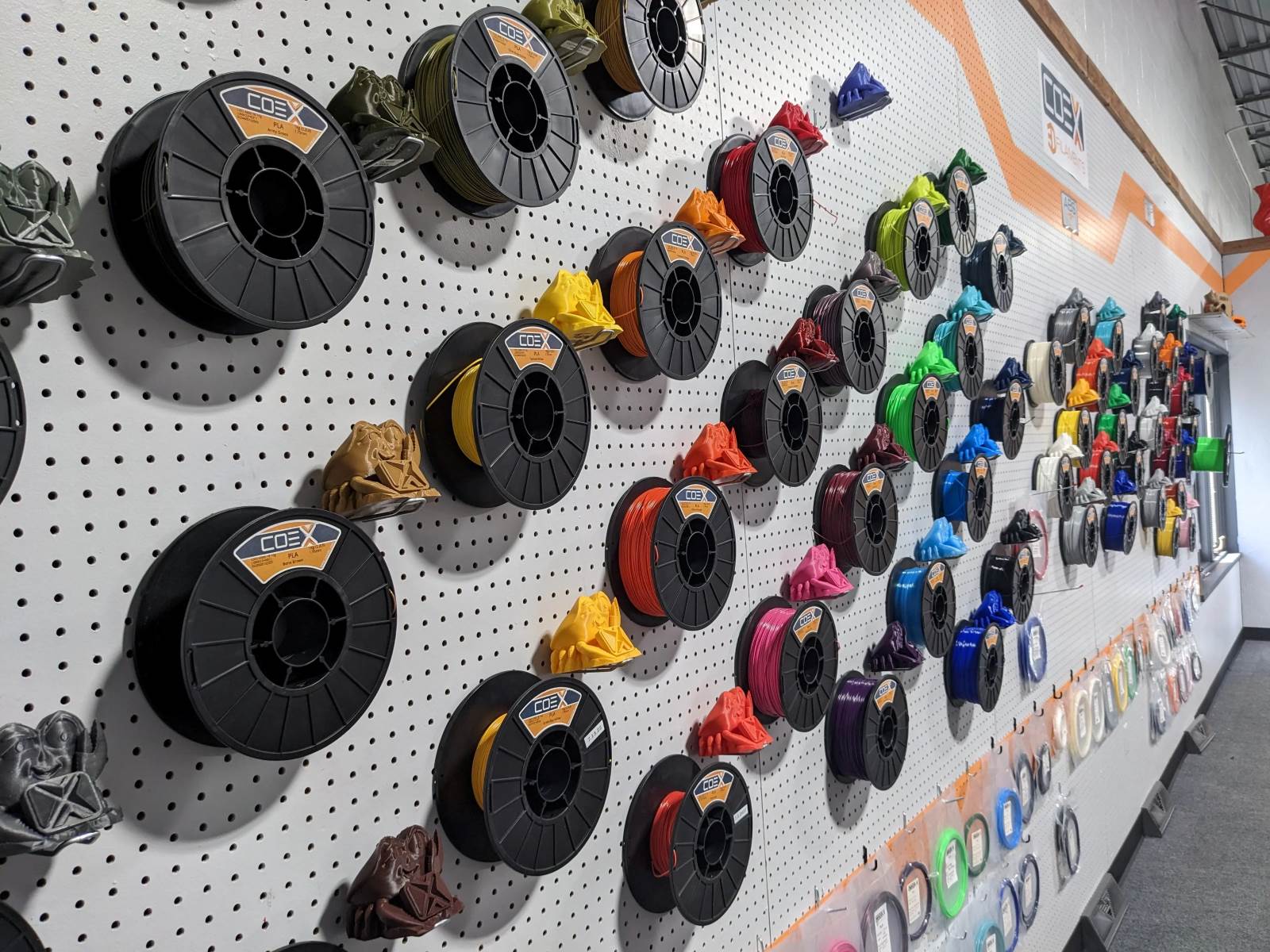
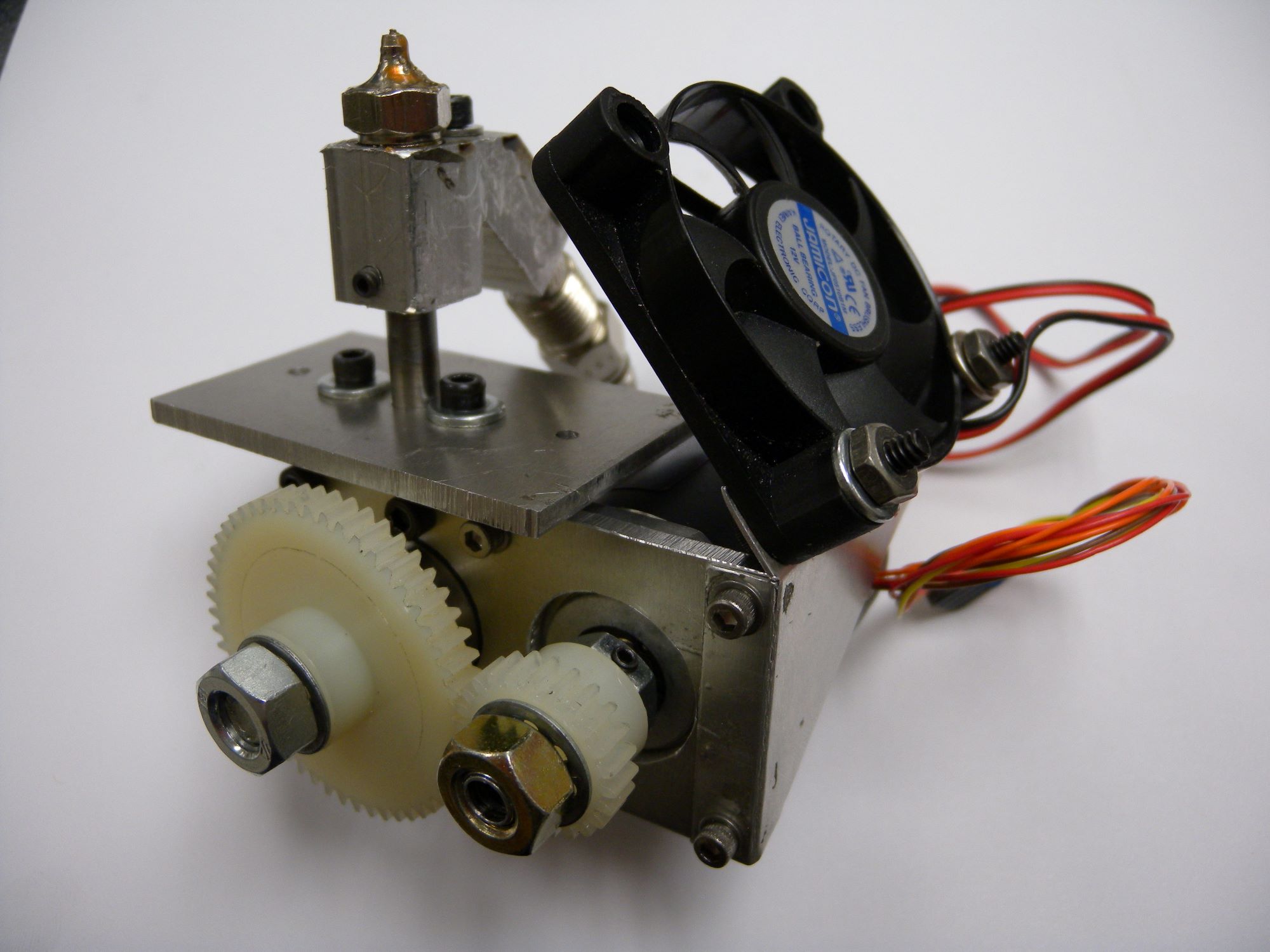
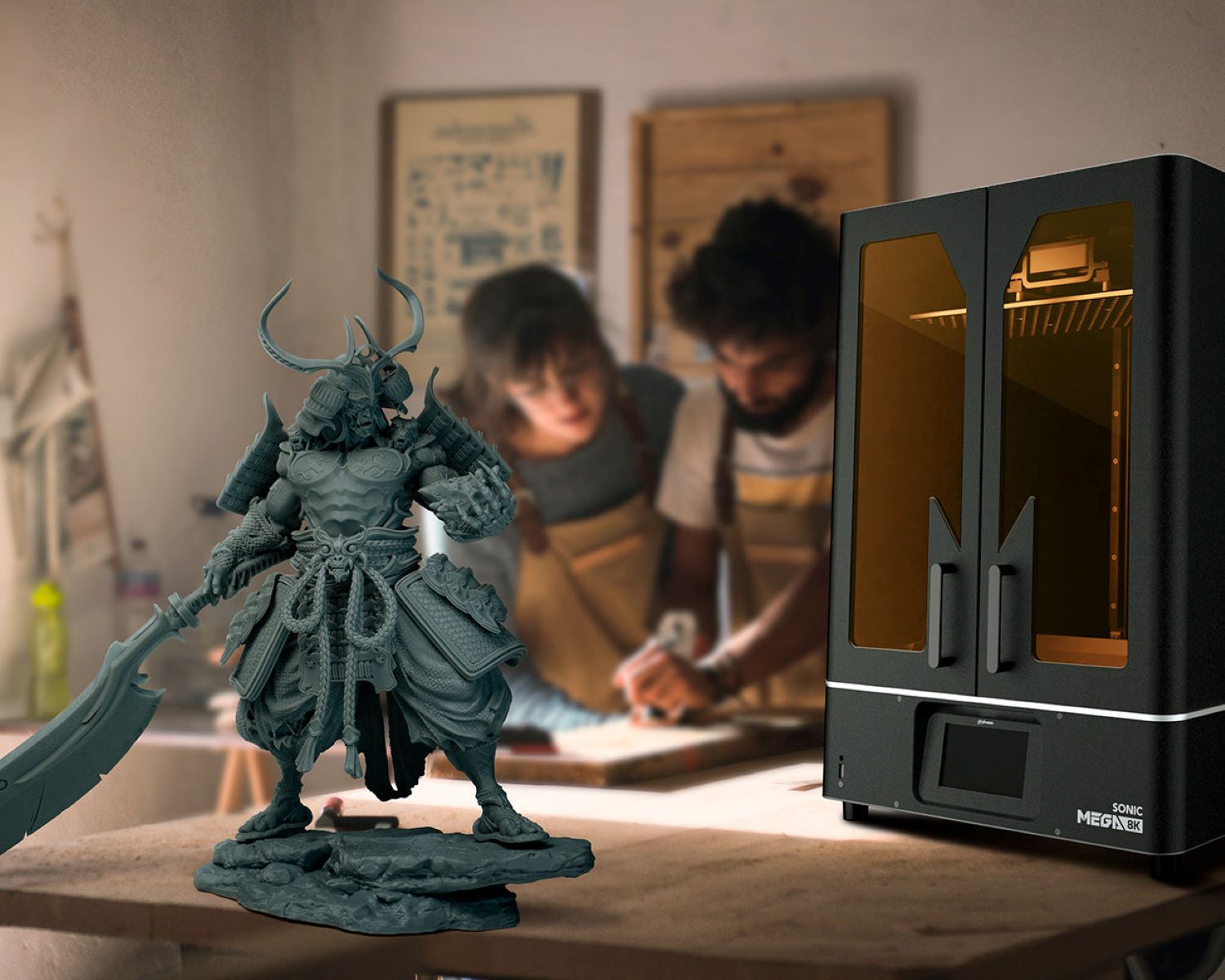
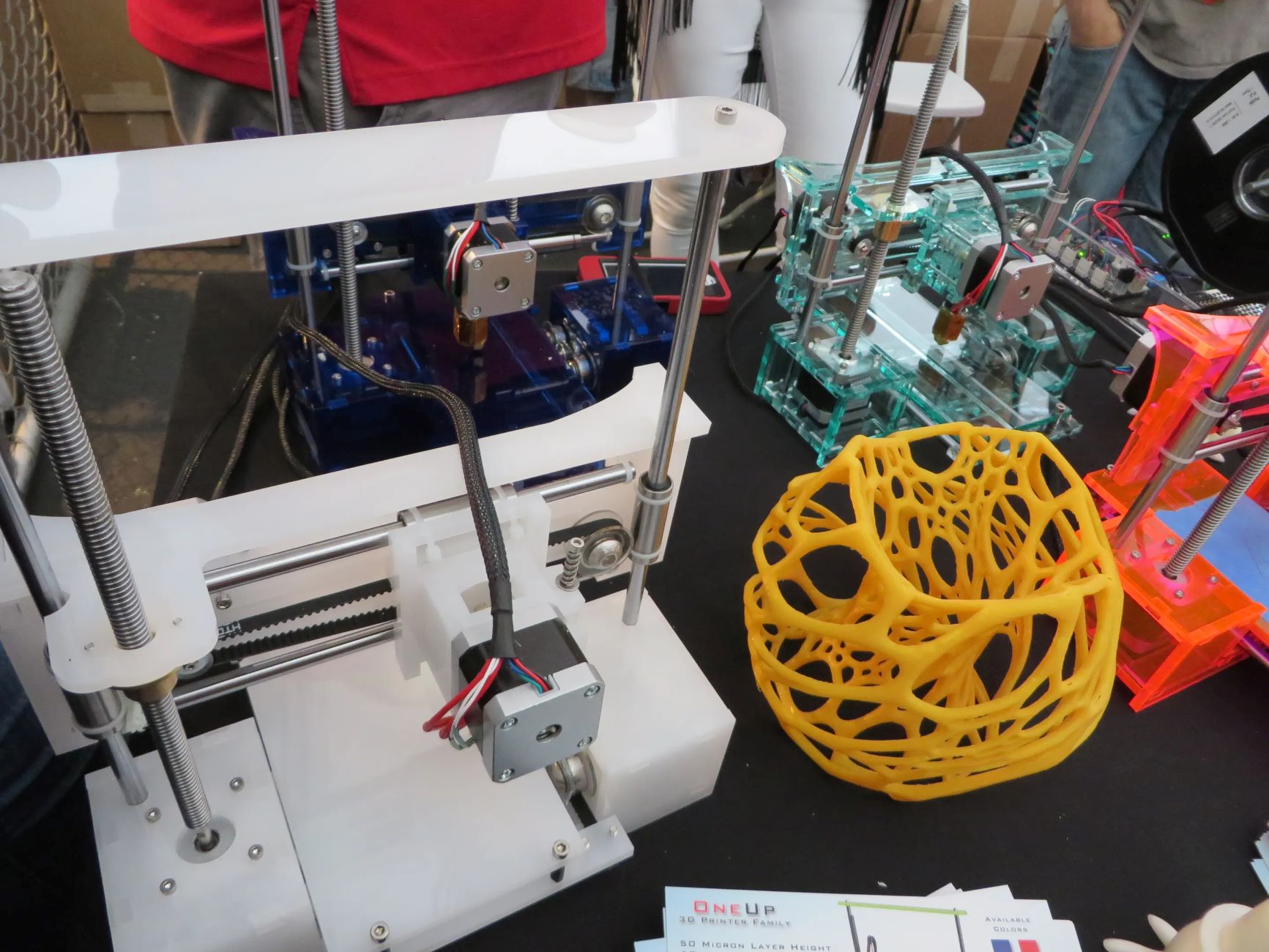
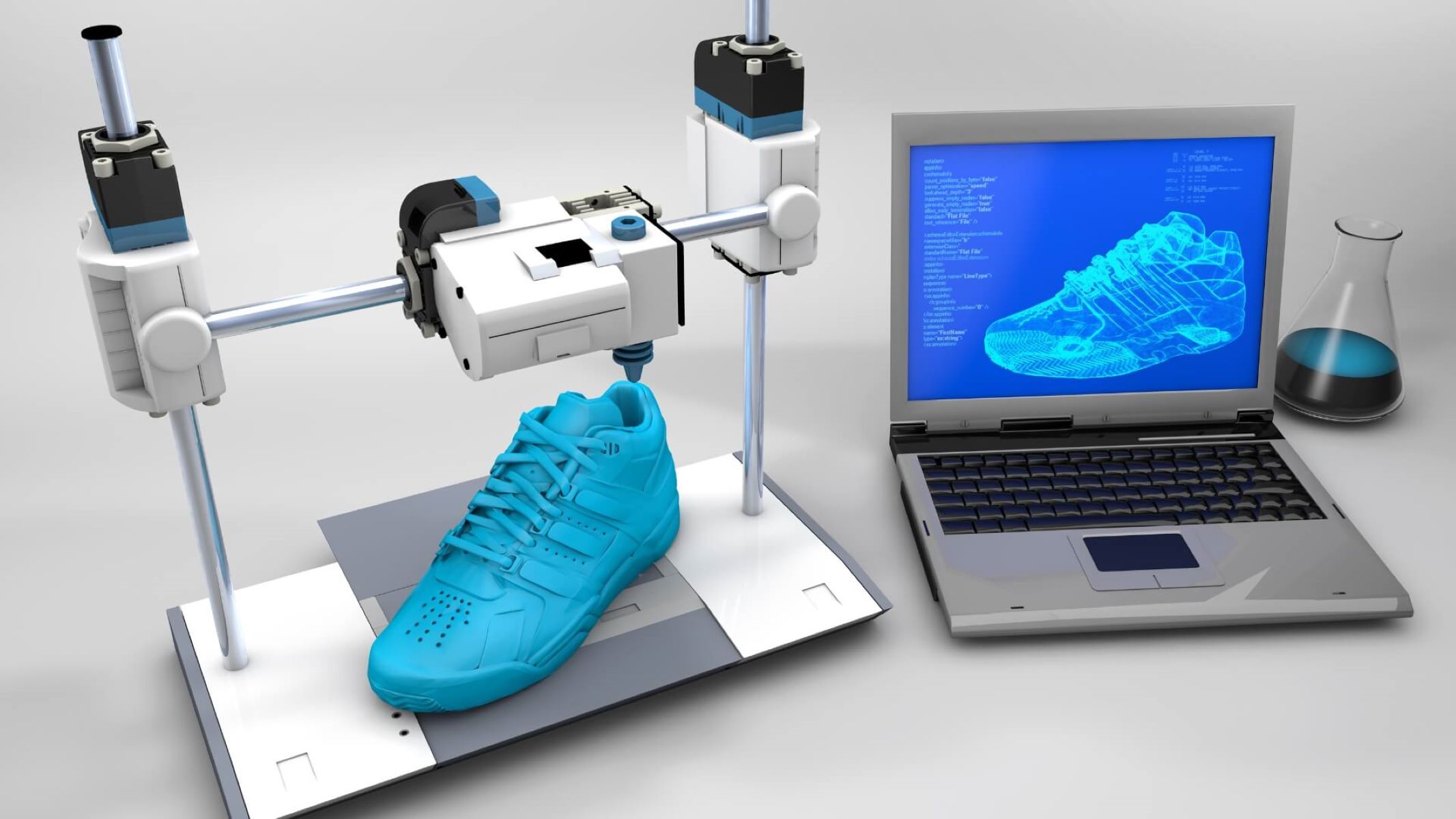
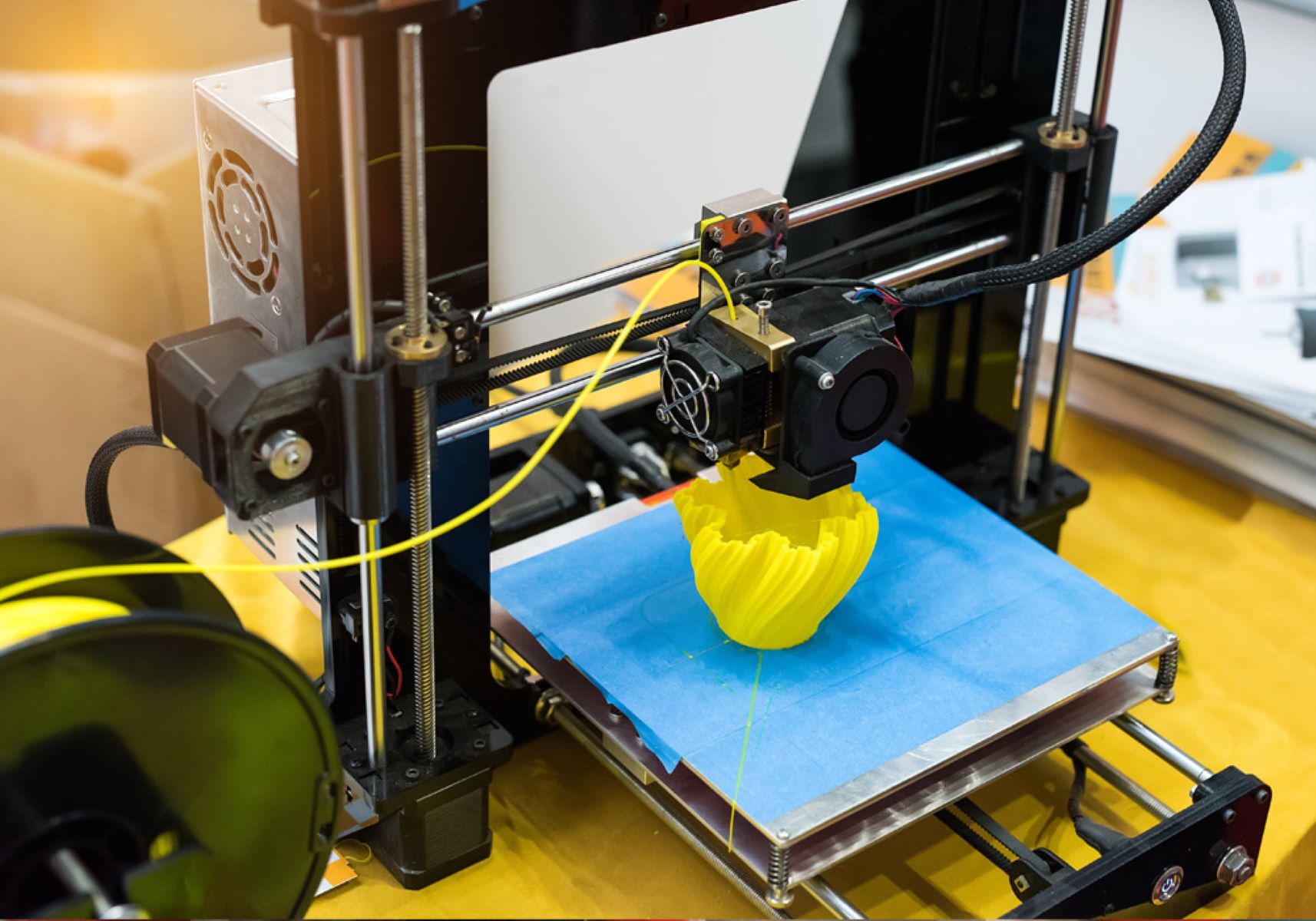
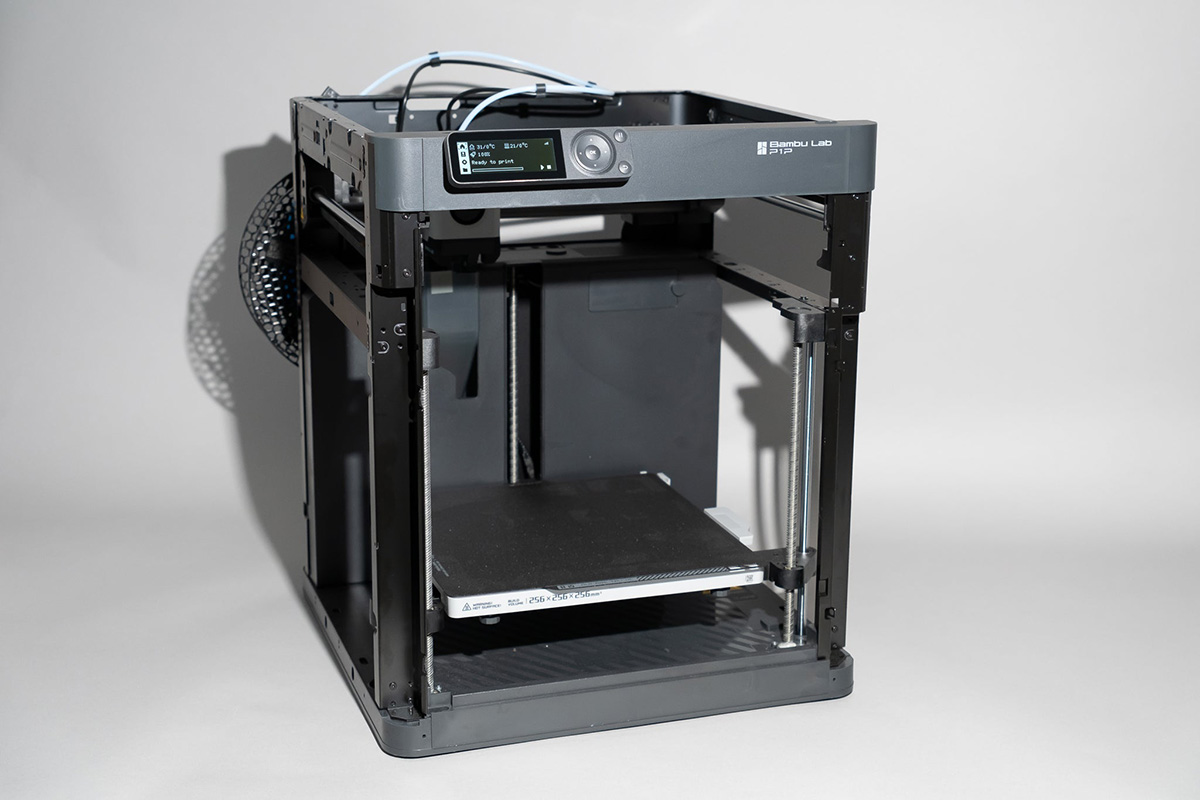
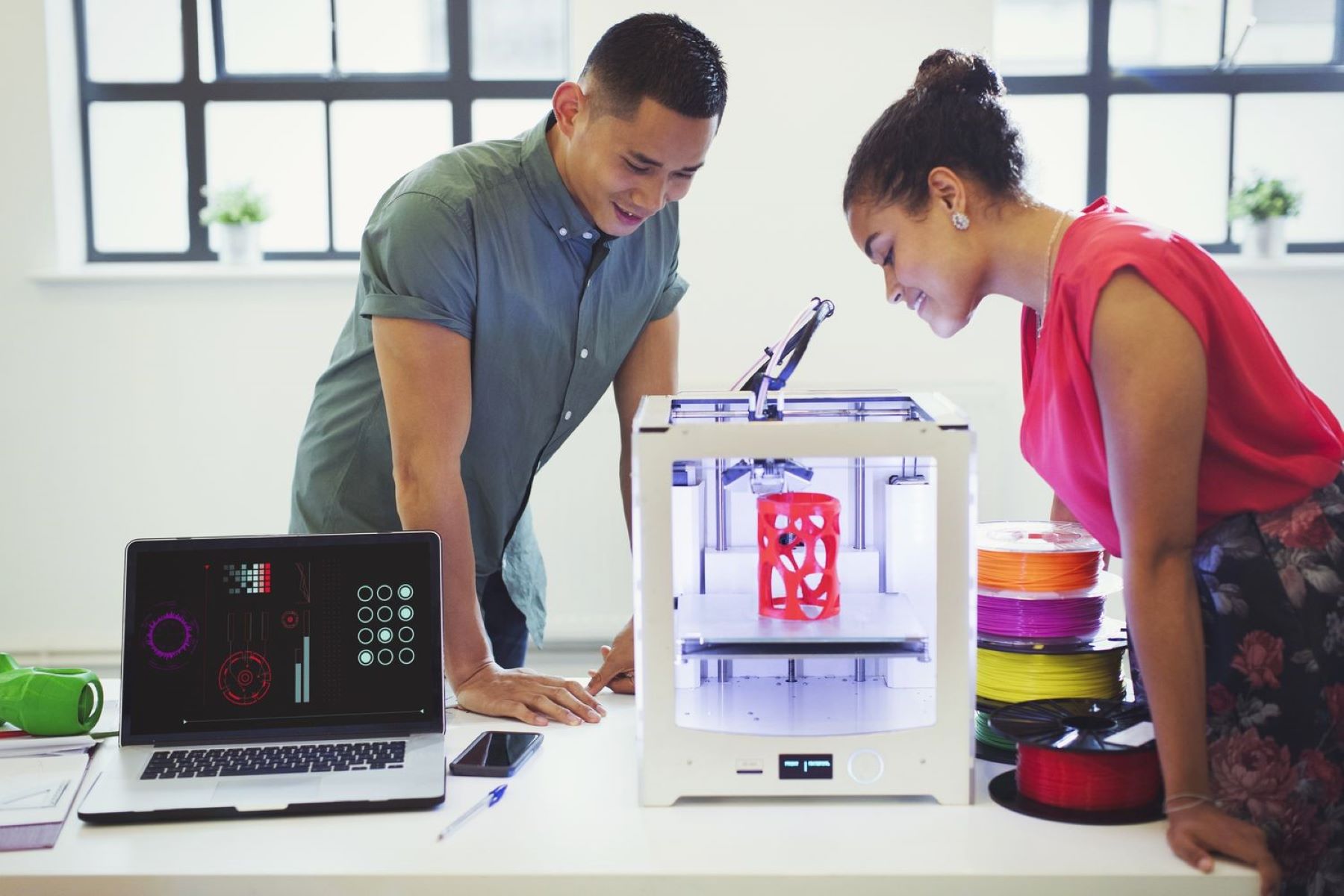
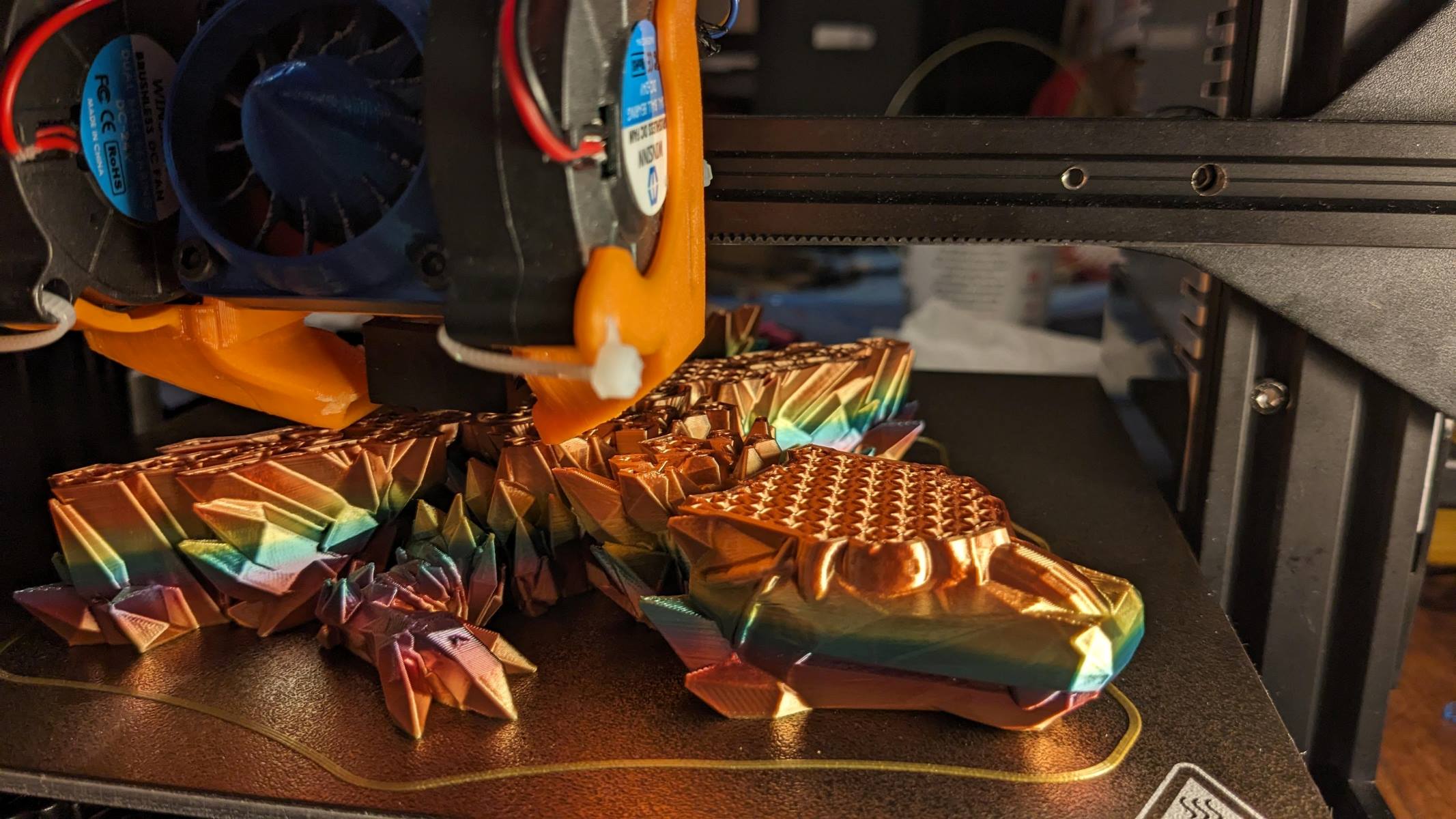
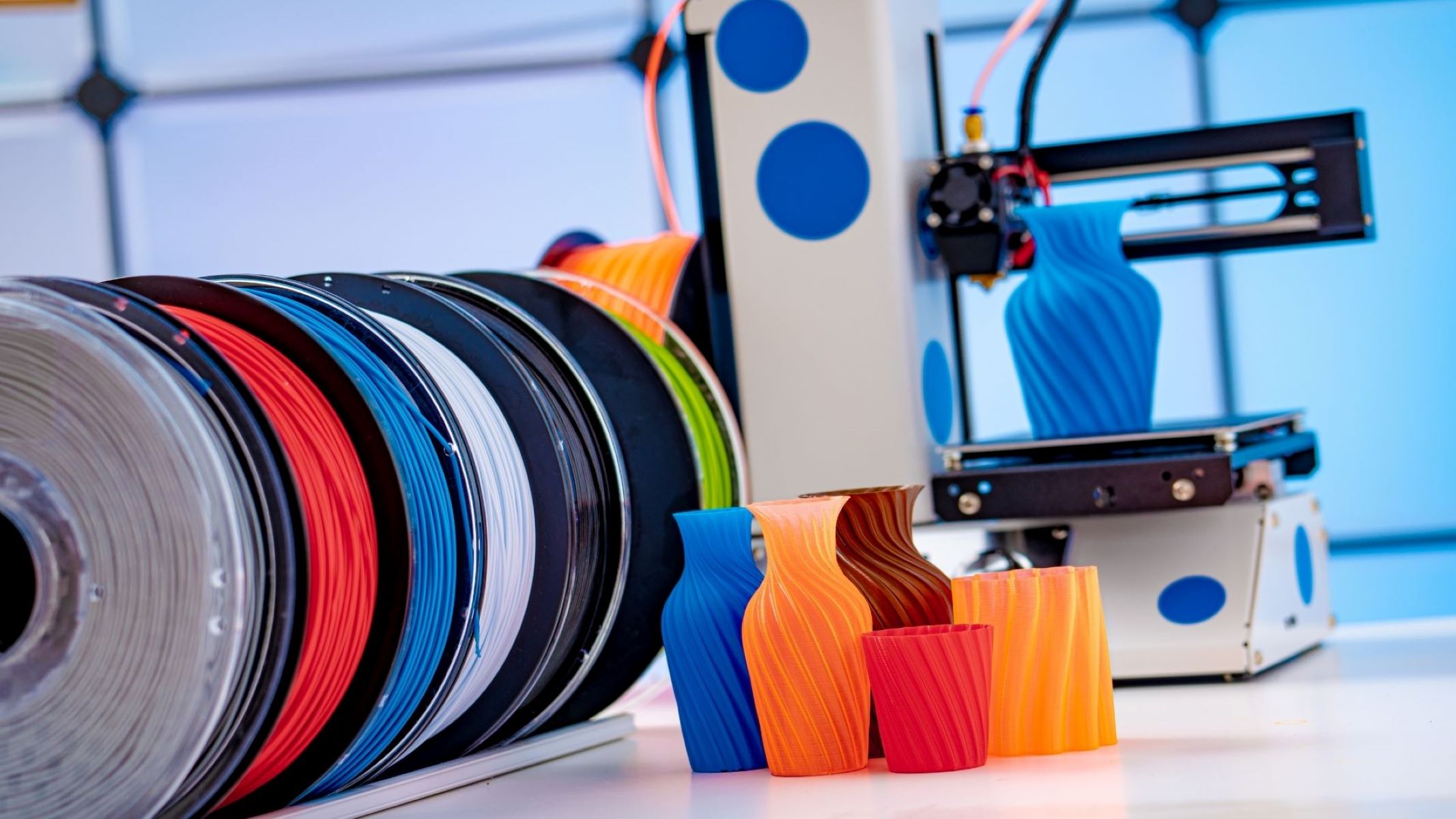
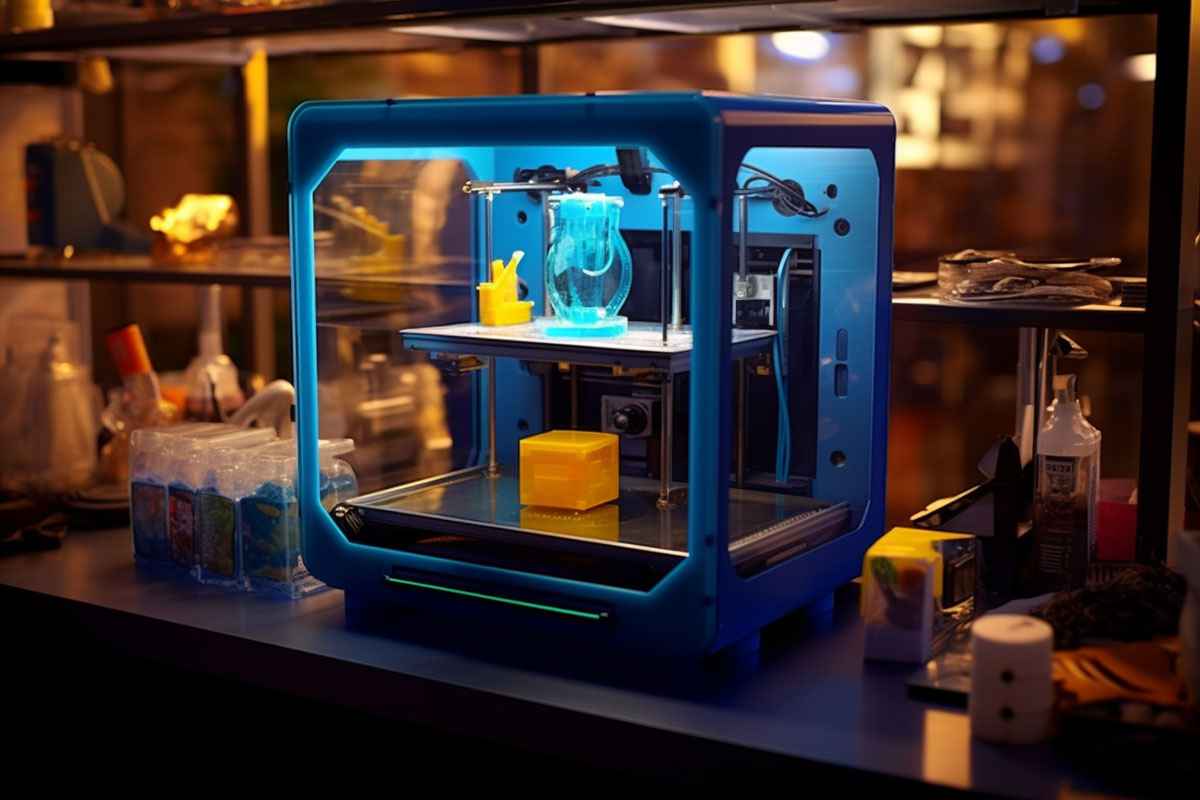
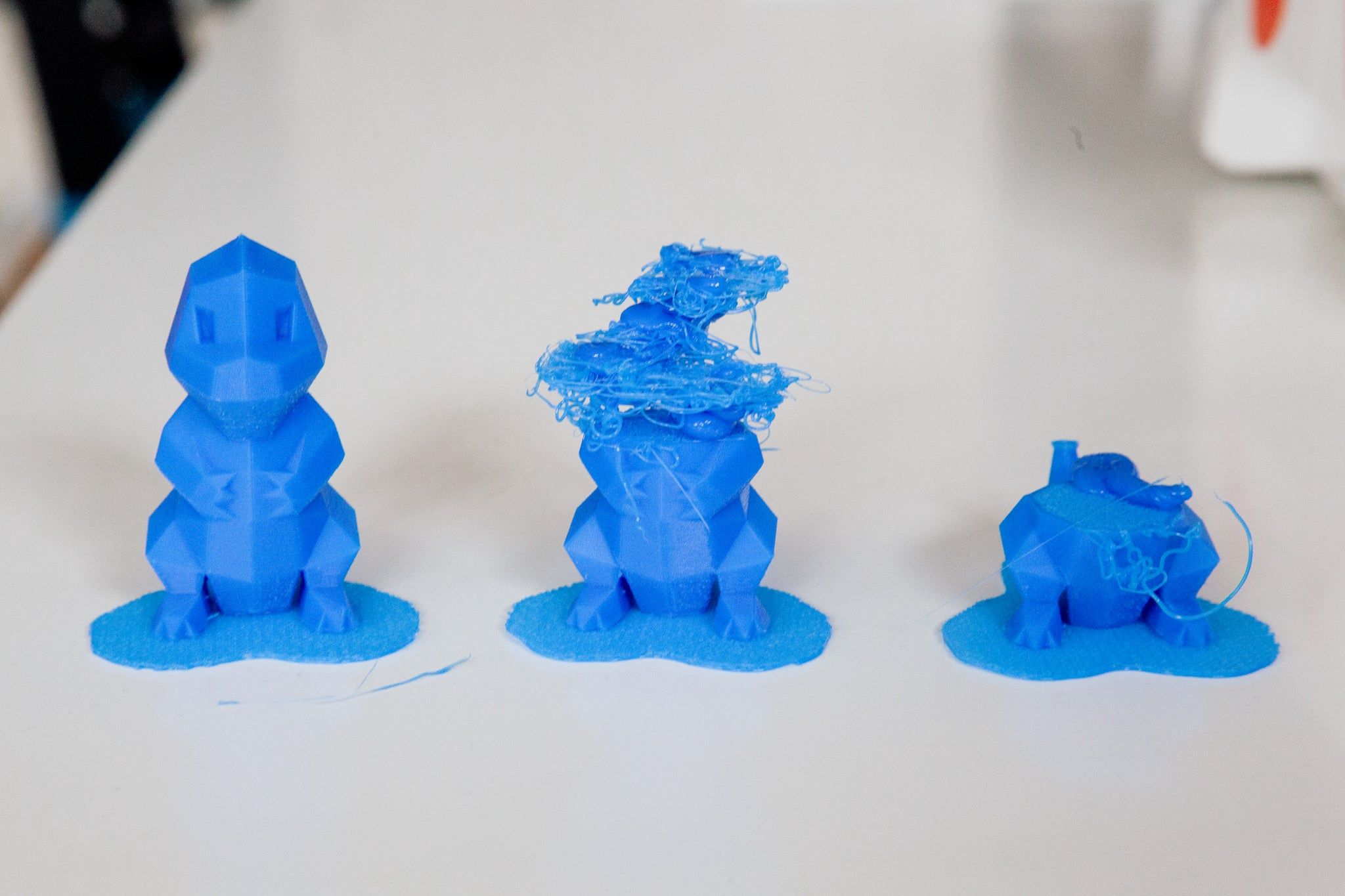
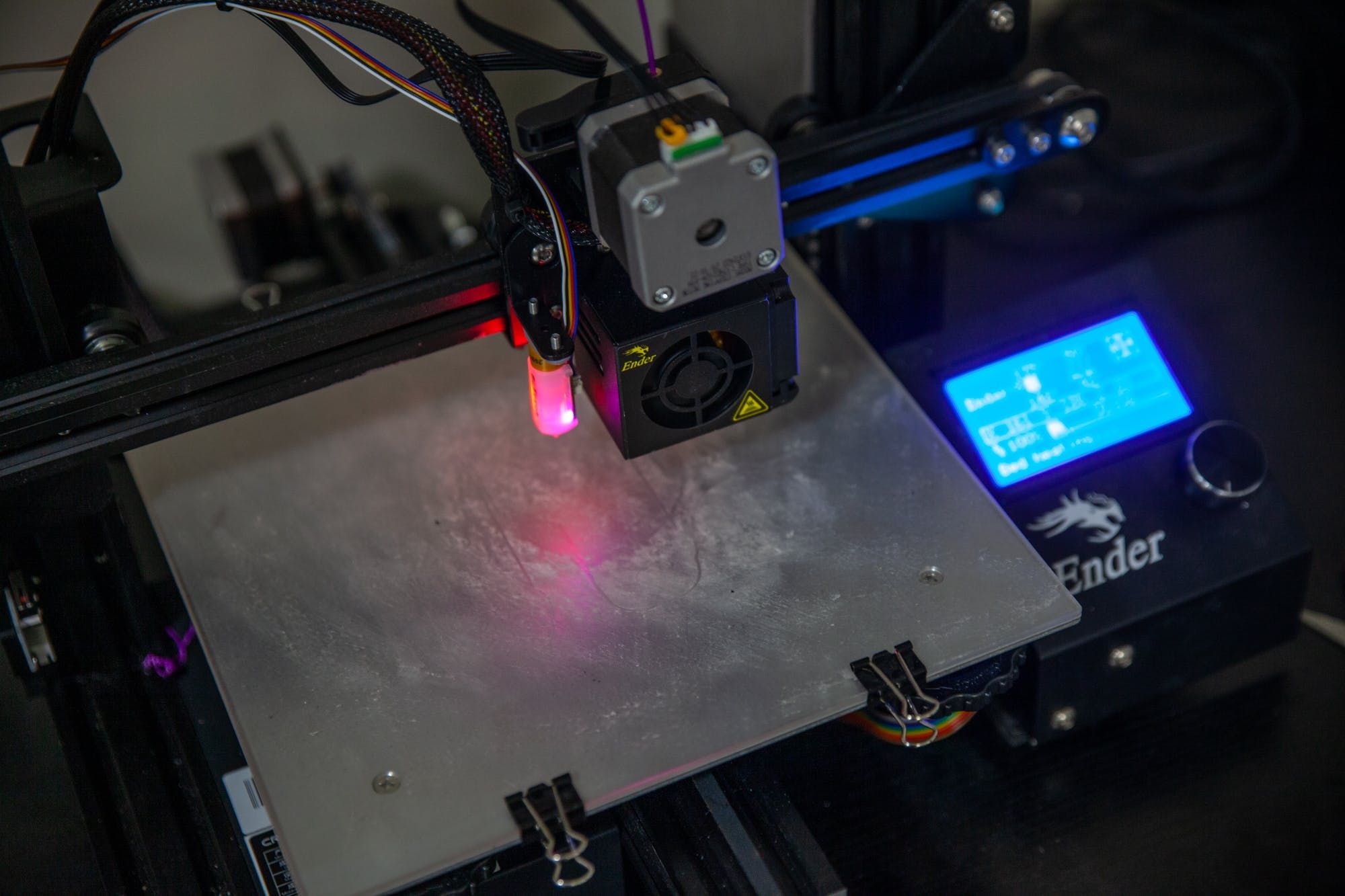


0 thoughts on “What Can You Make With A 3D Printer To Sell”